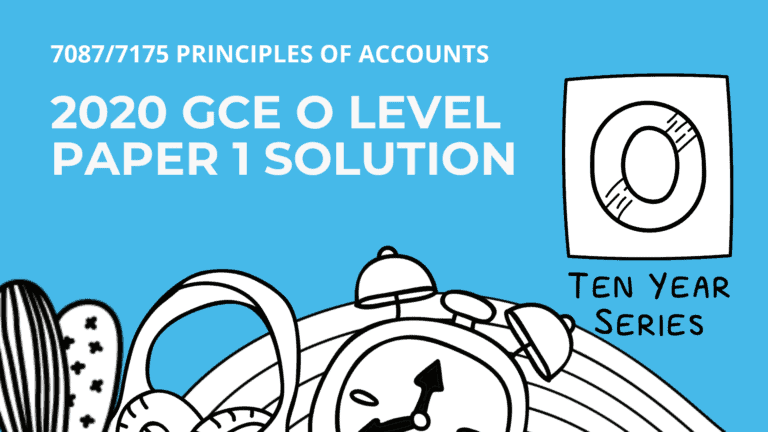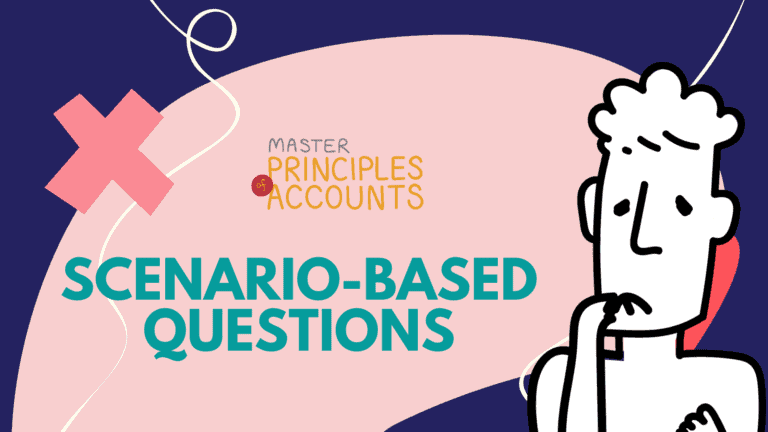2021 O Level POA Answers
Paper 1 : Paper 2 :

Paper 1 : Paper 2 :

2021 O Level POA Paper 1 Answers is LIVE now. Thanks to the contributions from Redditors and students from Master Principles of Accounts. 7087 POA Paper 1 (New Syllabus) This is the first year the 7087 Principles of Accounts syllabus is being tested. Overall, very similar to the preceding year’s topic and question style with…

Key Takeways: • define capital and revenue expenditure • distinguish between capital and revenue expenditure • classify accounting transactions as capital and revenue expenditure • analyse the effects of differences in classification and treatments of capital and revenue expenditure on profit/loss for the period and non-current assets Source: 7087_y22_sy Principles of Accounts O-Level for 2022 (seab.gov.sg) Definition and differences…

In 2020, the global revenue for the artificial intelligence (AI) market for software, hardware, and services segments grew to 281.4 billion U.S. dollars. The AI market is expected to grow to 327.5 billion U.S. dollars. Just as AI is slated to touch every sector, accounting is a function that is already leveraged by sector. Hence,…

What is Allowance for impairment of trade receivables? The allowance for impairment of trade receivables estimates the percentage of accounts receivable that are expected to be uncollectible. The percentage estimated is usually based on historical credit loss experience An allowance for impairment of trade receivables is considered a “contra asset,” because it reduces the amount…

This article uses the periodic inventory system to account for cost of sales Photo by Adam Kring / Unsplash If you wonder what makes sales different from the cost of sales or COS, then you are on the right page! In finance and accounting, sales are revenues produced by a business from rendering services or…
The 7087 GCE O Level Principles of Accounts POA Specimen Paper 2 can be accessed here. 1a) XY Pte Ltd Statement of Financial Performance for the year ended 31 July 2020 $ $ Sales revenue 325,000 Less: Sales returns 2,400 Net sales revenue 322,600 Less: Cost of sales 94300 Gross profit 228,300 Add:Other income Rent…

For The New GCE 0/N Level 7086/7087 Principles Of Accounts Syllabus First Examinable In 2021. “Scenario Based Questions is difficult because it’s so new!” Unchartered Waters – For Who? The problem of SBQs being ‘challenging’ has nothing to do with the students,– they are learning Principles of Accounts only in Sec 3. Everything will be…
*CROWD SOURCE SOLUTIONS* Congrats on finishing the 2019 GCE O Level Principles of Accounts Paper 1!Every year, with the help of some of my students, I’ll put up the Paper 2 solutions within hours after the paper. For Paper 1, the paper itself is submitted for marking – which leaves me with no reference to…

Hey folks! Just done up the 2019 GCE O Level Paper 2 Solutions. Let me know what you think in the comments below! As predicted in our GCE O Level Webinar last night, these specific chapters came out for Paper 2: Prepayment and accruals Profitability ratios Issued share capital Trade payable subsidiary ledger If you…

Program Coordinator
I will be back soon